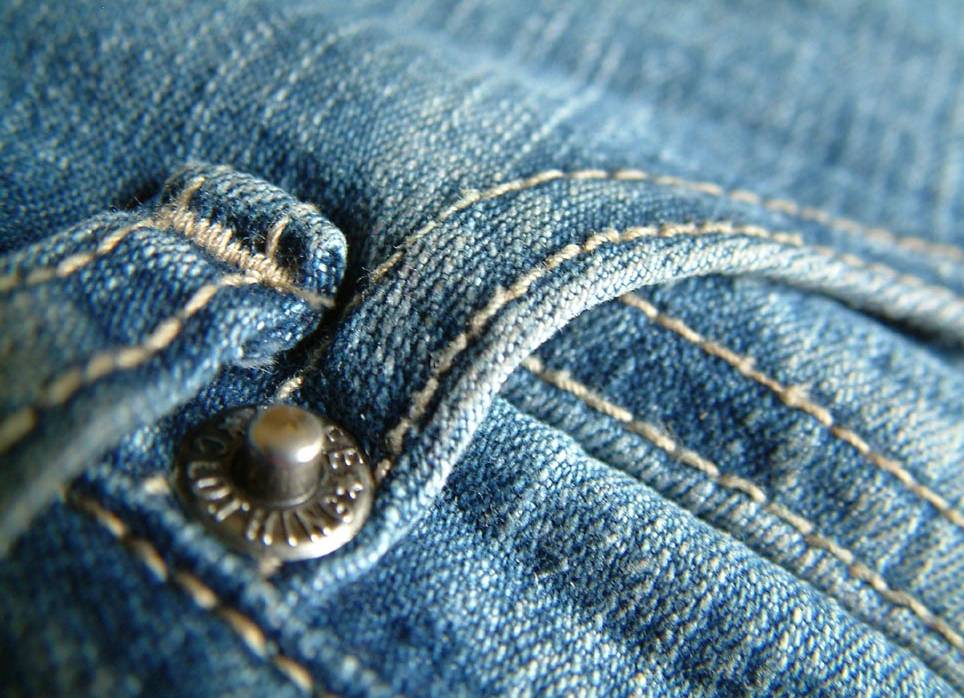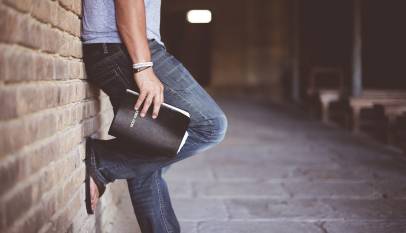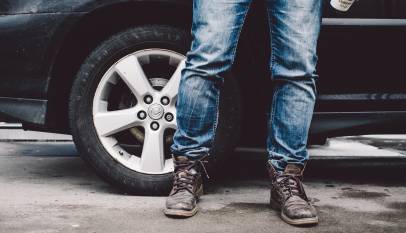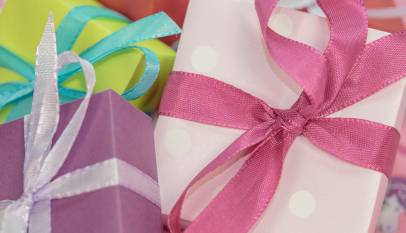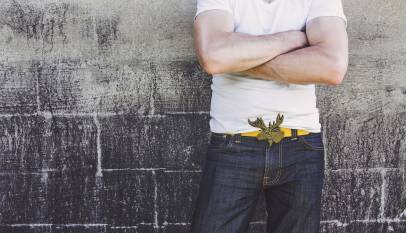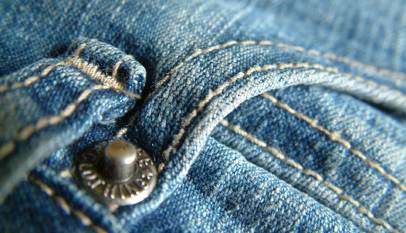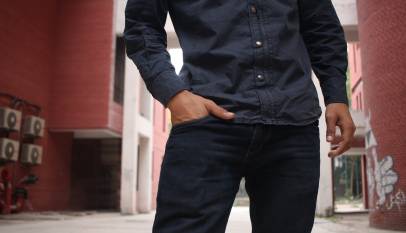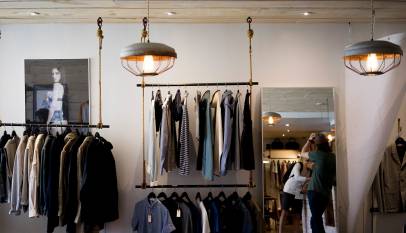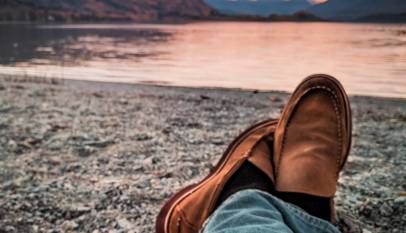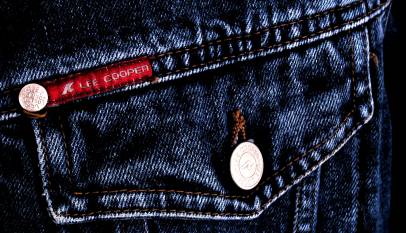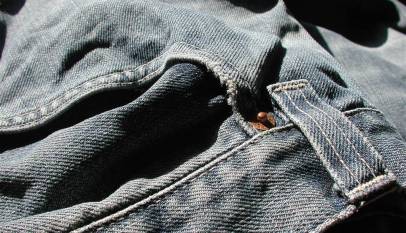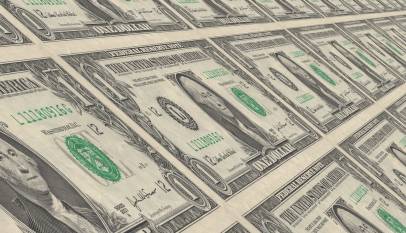Denim Fabric
Summary
What is denim? Types of jeans fabric | % |
|---|---|
What is jeans?
Denim jeans, indigo jeans-today, called jeans, primarily mean men’s pants that have the following features:
- Special style
- Special fabric
- Special manufacturing technology
Denim style
These are two patch pockets in the back. In such pockets it is convenient to put and get things. Two detachable, with arched-horizontal input, front pockets. This form of inputs does not allow things to fall out of pockets in a sitting position.
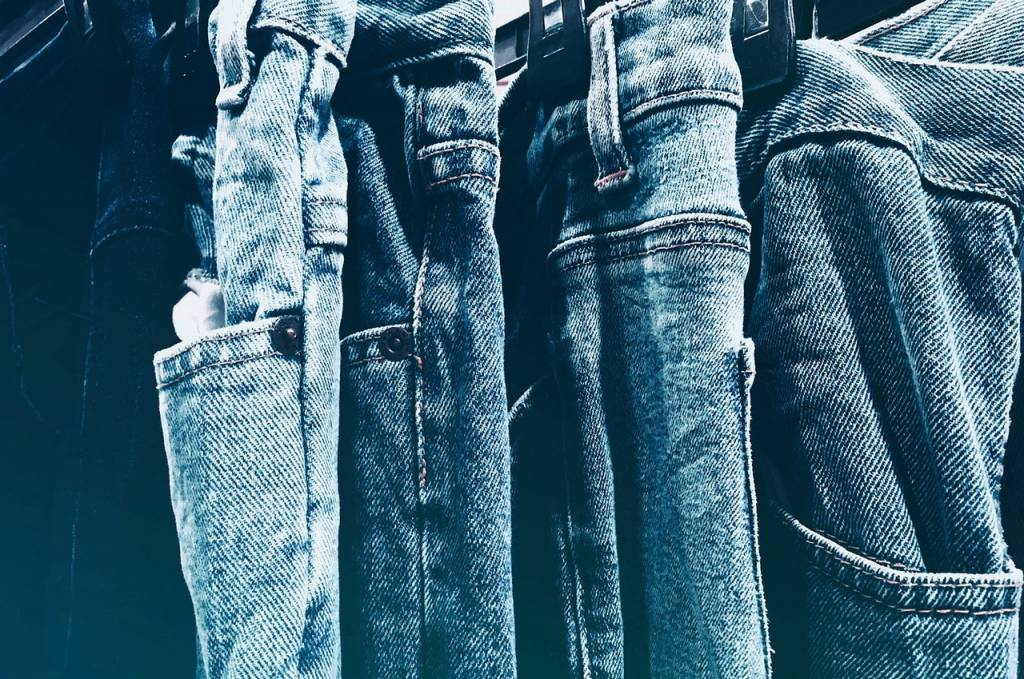
Denim
Denim is a cotton twill of medium density and melange type. According to the English classification denim refers to medium-weight fabrics-mid-weight (12 – 16 Oz). The density is 12 to 16 ounces per square yard, which is over 400 grams per square meter.
Feature of denim is that from this fabric of this density regular pants are not sewn. But twill of such high density very well protects the body from dirt, dust and mechanical damage. And it is more durable than traditional trouser fabrics.
Manufacturing technology
- Sewing jeans is also different from sewing regular pants. Features are that the seams are double-stitched. Used closed(lapped) seams.
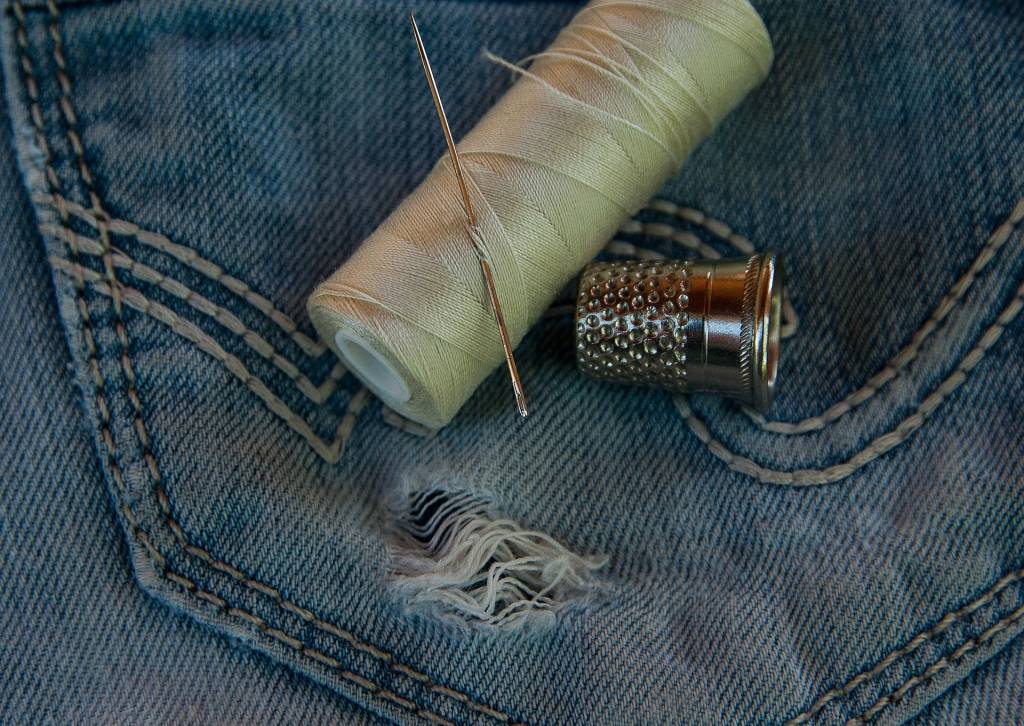
2. Metal rivets are used in places of the greatest load.
3. Used metal buttons rivets.
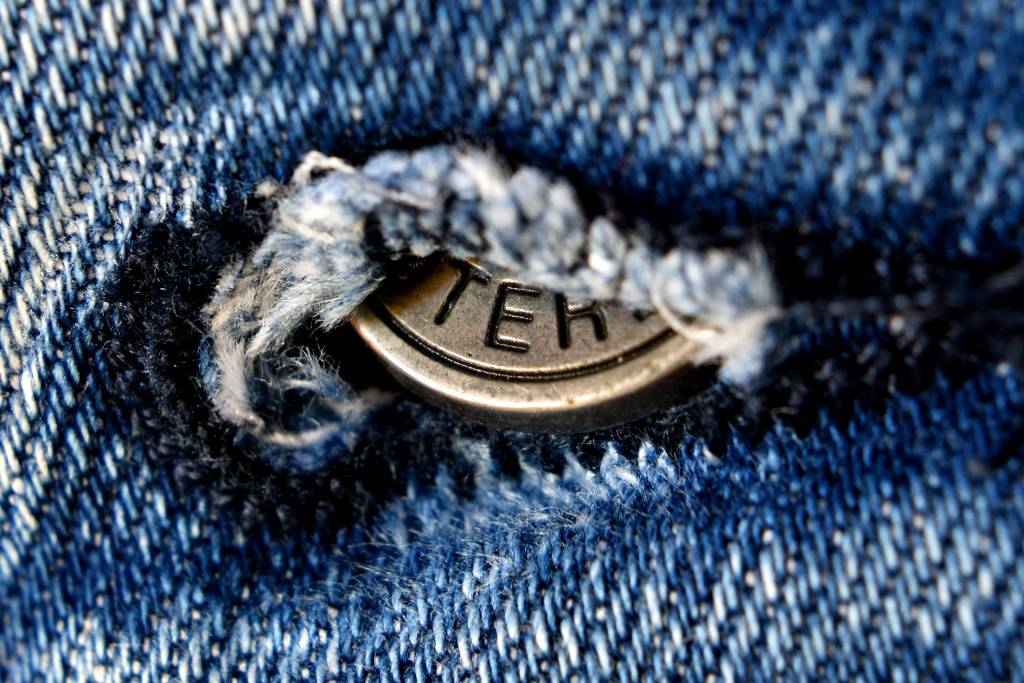
Features of jeans
If we analyze the above features, it becomes clear that jeans are specific pants designed for use in very adverse conditions. Like work.
All right. During the first one hundred years of its existence, the jeans were work clothes exclusively. And only in the last 60-50 years they have become everyday, fashionable clothes.
Manufacture of Denim
The full name of this fabric – cotton twill melange type (two-tone yarn). Although denim may be monochrome – from unpainted yarn, this kind of denim is called ecru, historically, the first denim was just that.
The peculiarity of twill fabric is that in its manufacture, the warp and weft threads overlap not one to one, but one to two or more. In the illustration below, a scheme of twill with overlap of 1 to 2 is presented. Warp yarn overlaps the two strands of weft.
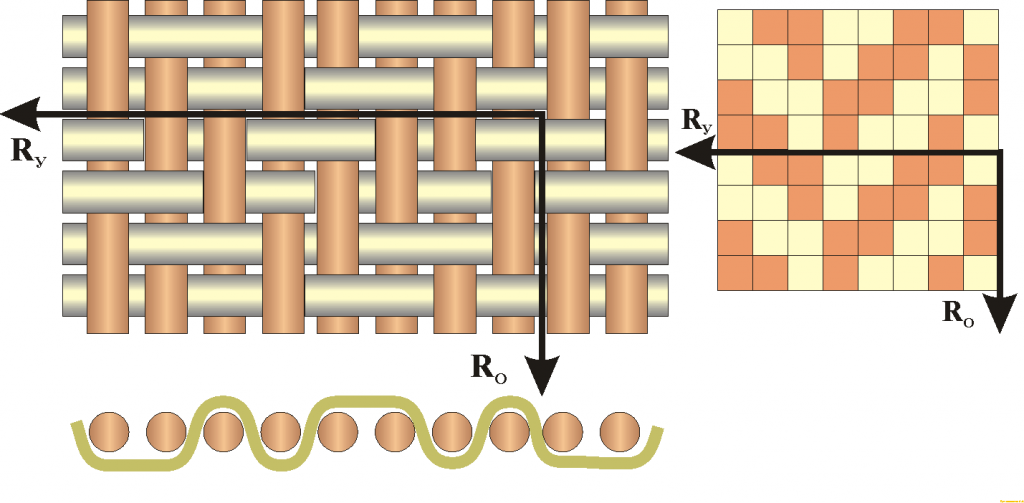
Therefore, twill forms a characteristic diagonal pattern of threads.
In the photo below, a fragment of denim fabric on the front side. On the front side of the fabric out warp threads, painted in blue. Thin white line is white (not dyed) weft thread. The photo does not show the relief, but the warp threads form, on the front of the fabric, diagonal protruding lines.
The relief of the diagonal twill is stronger, denser (heavier) fabric. In Russian twill fabric is often called diagonal.
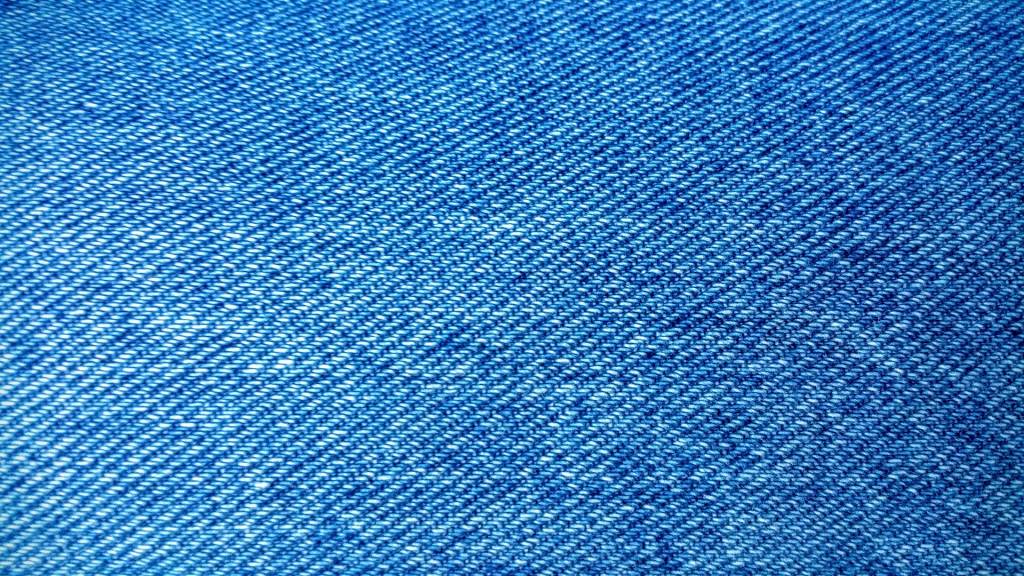
Twill fabric can be made of different materials (laziness, cotton, wool, synthetics). It can be melange (yarn of different colors) or monochrome. It can be of different density, including very thin (light).
The name “denim”
But the name denim implies a very specific kind of twill. This is a cotton twill with a density of 12 to 14 ounces. At the same time it can be melange or unpainted (ecru). The classic color for melange denim is dark blue, obtained as a result of dyeing the yarn with natural or synthetic Indigo dye. But today denim is painted in other colors.
Also, the types of twill differ in the ratio of the overlap of the warp and weft threads. Overlaps are the points of intersection of the warp and weft threads. In denim, this ratio is 3 to 1. One overlap of weft thread, there are three overlapping warp. That is, denim belongs to the category of the main twill (the number of overlaps of the warp thread is higher than for the weft thread).
Varieties of denim
Classic blue denim
Classic denim is a two-tone fabric. The underside is light with blue strokes, the front side is blue, with light strokes. The heterogeneity of color is due to the fact that the fabric is made of yarn of two colors. The warp threads are dyed blue and the weft thread is not dyed (bleached cotton). And since the warp and weft threads are intertwined, they are slightly visible from the opposite side.
For yarn coloring, in classic denim, natural or synthetic Indigo dye is used. Its peculiarity is that it does not penetrate the cotton fibers, deposited only on their surface. Therefore, under mechanical action during use and washings, the dye gradually “slips” with fiber, and they are bright.
This causes one of the iconic features of denim – lightening (up to complete bleaching) of those parts of clothing that are subject to the greatest mechanical stress (friction). Usually these are folds of fabric, seams, front and back sides of pants.
Unique pattern
As a result of long wear jeans acquire a complex pattern, individual and unique as the fingerprints of the owner.

Denim fanatics specially rub jeans, seeking clarification of certain parts. And not just fanatics. Today, more than half of all jeans sold in the world are still rubbed in the factories, but more about it further in this article.
Density
Another characteristic of classic denim besides Indigo dye is its density. It should be in the range of 12 to 14 ounces per square yard (400 grams or more per square meter). The density is due to the thickness of the yarn threads, as well as the density of their stuffing in the fabric.
It is believed that such unusually high denim, clothing, density is a historical legacy from the late 19th century, when the first jeans was made of sail cloth. It was cheaper than fabric for clothing.
This denim provides good protection of the body from dirt, dust, mechanical damage. In addition, it holds its shape well and is durable in continuous operation in adverse conditions
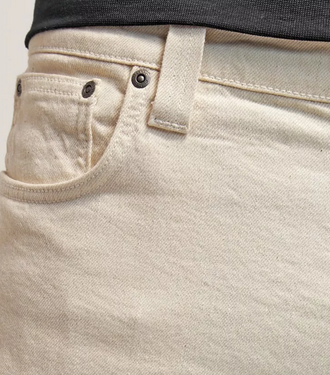
Ecru denim
French ecru means unbleached. This is a fabric made of natural materials (cotton, linen), which has not been subjected to any processing. That is, cotton in its original form.
In historical retrospect genoway ecru denim is the original denim. From this sewed the first jeans in the late 19th century. And only around the beginning of the 20th century jeans began to sew from blue denim. Ecru left the stage.
However, in the last 20-30 years ecru denim returned to the wave of fashion for sustainability and retro.
Indeed, this is an extremely eco-friendly fabric, and in the context of denim, it is also an extremely true denim. So today you can find jeans from ecru denim, but will have to look in any store they are not yet.
Ecru color shades vary, depending on the grade of cotton, the quality of cotton, as well as the quality of yarn and linen. But on average it is a light yellow shade close to beige.
However, ecru denim has a drawback compared to Indigo denim. It’s easily soiled. More precisely, the soiledness is the same, but on ecru dirt can be seen much better than Indigo. And this is essential for everyday wear. By the way, one of the opinions about why stopped sewing jeans from ecru, just this – Indigo jeans can be washed less often, because the dirt on them is less noticeable.
Double dye denim
There are two variants of double color denim:
Double colouring of yarn (warp threads). First yarn dye one paint, for example yellow, then the other, for example Indigo.
Painting of finished heathered denim. Do denim the usual way, dyed warp and undyed weft. Then the finished cloth is painted with the same paint.

In the first case, you can get interesting results when finishing. Here, for example, jeans, yarn which is painted first in yellow paint and then Indigo. New jeans of this double dye color look like they’ve been worn for a year and haven’t been washed.
The second option, with the painting of the canvas, is more interesting and common. In classic denim, the front side has a non-uniform color, it has strokes of light color. Denim double color on the canvas, devoid of this disadvantage, it has a smooth, deep color. On the lapels of the trouser leg can be seen that the wrong side of the fabric is also painted. The front side has a smooth, solid color.
Double painting on the canvas has another effect. In the process of wearing, the face appears beautiful, the contrast pattern of bright lines on a dark background. It looks especially beautiful on black denim.
Raw, rigid denim
Raw denim is a denim that does not undergo process of washing. Process of washing do with those goals:
- Completely “seat” denim
- Make the color of denim more vivid and saturated
- To make the denim soft
- Wash off the most unstable part of Indigo paint
Raw denim (rigid denim) is a hard fabric and the color of the front side is not very beautiful – a dull dark blue with a gray tinge. But after intensive factory washing, the fabric becomes soft and gets a bright dark blue color.
Raw denim (rigid demin) and still easily soiled fabric. As it was already written above, in this article, Indigo dye is kept only on the surface of the fibers of the fabric and “strays” from it by mechanical contact with other surfaces (things, furniture, body). Just made a fabric dye lot and therefore classic denim is staining material. Indigo dye remains on all surfaces with which the material comes into contact. And so continues as long as the jeans are not washed at least 3-4 times.
Washing treatment can be done not only on the canvas, but also on finished products. And most often washing treatment is done on finished products. One of the final tasks of producing jeans is washing off the most unstable part of the Indigo dye.
Shrinkage of denim is not considered as washing. Washing treatment can have different intensity. From weakest rinse wash to radical acid wash and light wash. The canvas is usually processed no more than rinse wash. The stronger washing are done with already finished products.
Buying jeans made of rigid denim you need to keep in mind that after the first washings they will shrink in size.
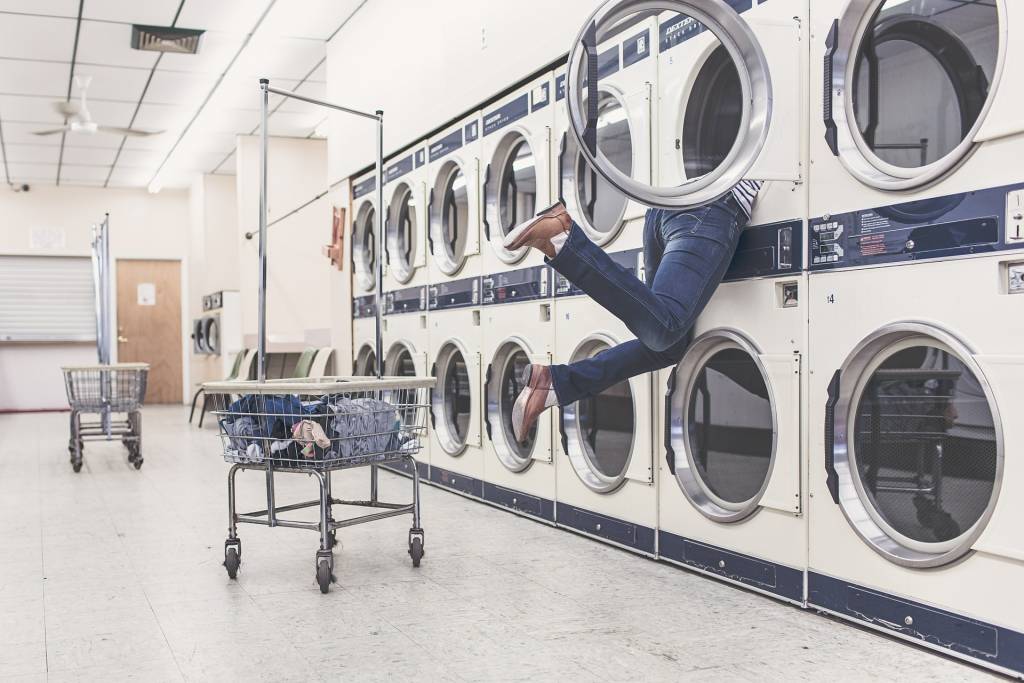
Broken twill denim
Twill can be of two types, according to the direction of displacement of warp is for the right side (z twill or right hand twill) or left (s twil or left hand twill). Historically the first was right-hand twill, later have come up with left-hand. There is an opinion that the left-hand denim is softer and tactile nicer than the right-hand denim.
In the right-hand twill (z twill), the warp threads shift to the right and on the finished fabric diagonally go from the bottom left, to the right upwards. In the left-hand twill (s twil), the warp threads shift to the left. The finished fabric diagonally going right from the bottom left upwards.
But both of these kinds of denim have a problem. If the blade was not inforserve, then, after washing, the leg of the jeans twist. And it can be so strong that the seams, at the bottom of the leg, can be even in front and behind.
Tweed
In search of a solution to this problem one company in the early 60s decided to use a kind of twill weave called herringbone, which had previously been used in the manufacture of heavy wool twill, known as tweed (tweed). In the manufacture of tweed, the warp thread changes the direction of displacement from right to left and vice versa.
In the photo, jeans made from broken twill denim. The pattern of threads is better visible from the inside of the fabric.
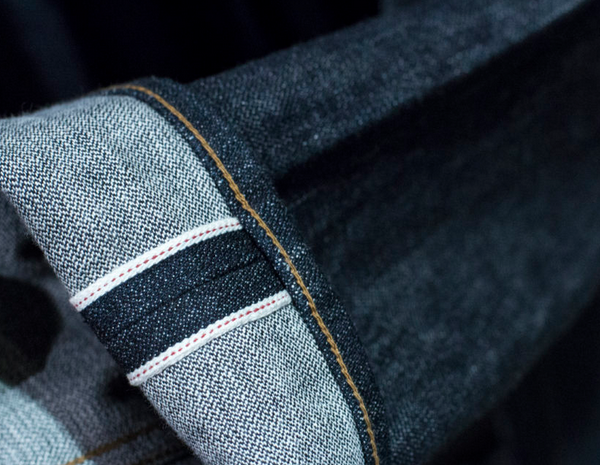
Color of denim
Denim in different shades of blue is available today. From the initial dark blue to light blue. How do you get these colors of fabric? The intensity of blue in denim depends on the number of yarn coloring cycles. One cycle of staining is the coloring of the yarn, and drying after painting. To obtain a dark blue yarn takes up to 10 cycles of painting. When the cycles are reduced, lighter shades of blue are obtained.
Jeans manufacturers
Today, around the world, probably tens of thousands of large and very small companies that produce jeans. Many of them do not do anything themselves, but simply order the manufacture of specialized sewing industries.
Do you know, where you can find the best model of jeans? Check STARZ DENIM store.
- All of their products are designed and developed in Europe
- True to fit & choosing premium fabric
- Various shapes and sizes
You will be pleased with a large range of men’s jeans, will be pleasantly surprised by prices and traditionally high-quality service.

